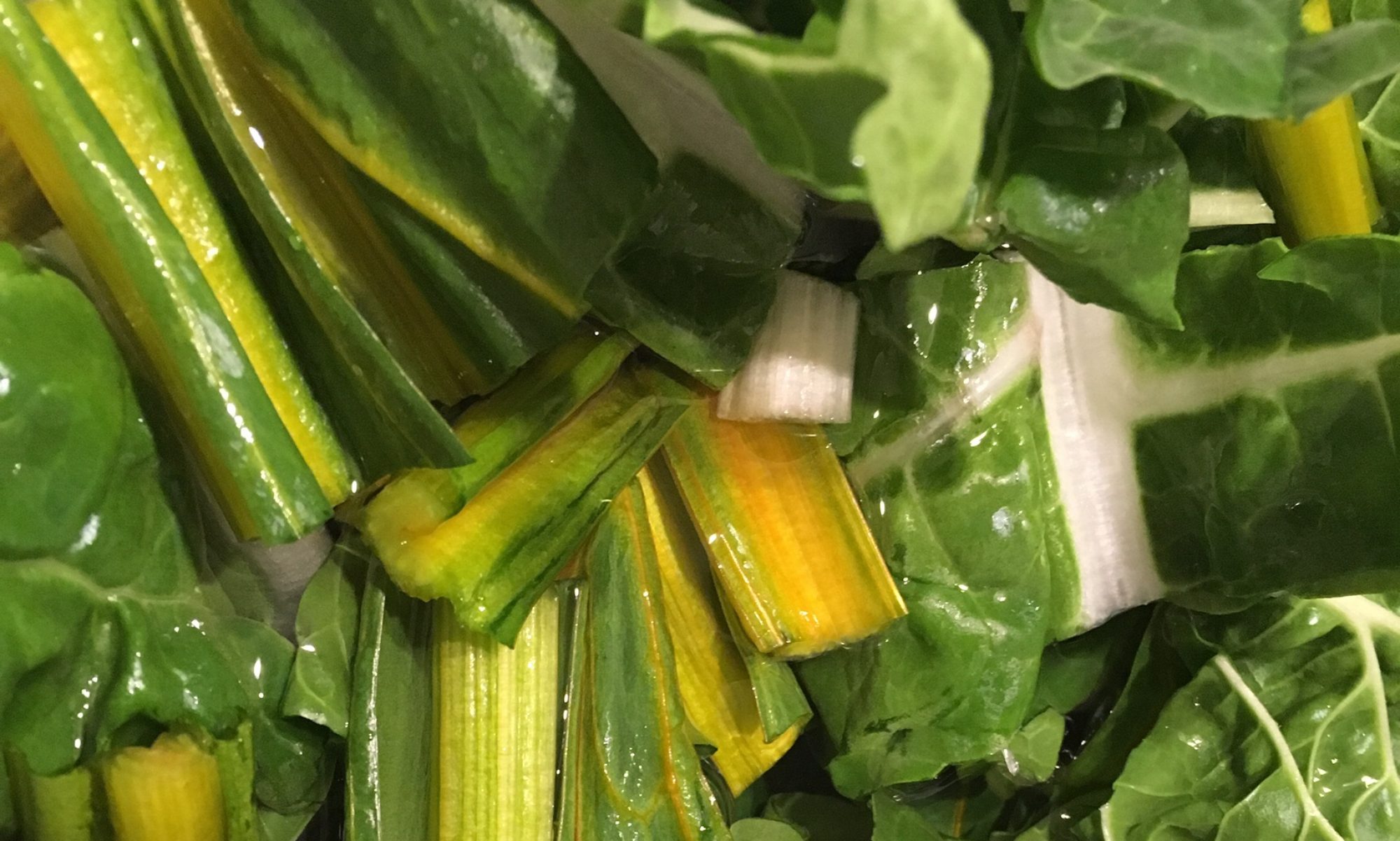Devvers recently shared with me an article in the Guardian titled: “Researchers in Valencia pinpoint unwritten rules of paella“. It’s about a recently published paper that aimed to shed some light on what were the most common ingredients in Valencian paella.
As I was reading the article, I had to do a number of double takes as the choice of words and tone were quite inappropriate (a list of the top N most used ingredients is just… a list, not a set of commandments), but the end of the article was just a double-take after double-take, as the article writer drops a series of dubious sounding statements, such as:
- [Paellas are] “… traditionally served in restaurants on Thursdays”—first time I hear about such a rule! Has this “tradition” developed in the ~20 years I haven’t lived in Spain?
- “Francisco Franco was partial to paella and also liked to eat out on Thursday, so restaurants put it on the menu lest the dictator showed up for lunch”—where does this come from?
- and most astoundingly of all: “It’s also claimed that it was a way of using leftover fish and meat before the weekly shop on Friday”—which sounds like an absolute load of nonsense! Spaniards don’t tend to do a “weekly shop” like British people assume everyone else does, because Spaniards live generally in high density towns and shops are nearby and very available; and even more, when Franco was alive, people would certainly struggle with having a decent fridge that could hold “a weekly shop”, let alone much produce in general. Those were times of post-war and poverty, of daily visits to shops to queue with your rationing book in hand, and hoping there was something to buy when it was finally your turn.
This hand-wavy way of journalism where you don’t cite your sources or check your facts and also make things up for sensationalism purposes bothers me to no end 🤦🏻♀️
But where did the sloppiness start?
We guessed, and we guessed well, that the Valencian newspapers would also have published articles about the research paper. Both Las Provincias and Levante published articles about it. Each of them seem to have used a different news agency which likewise, also published their own articles on the event: Europa Press (which has a picture with the researchers) and Efe respectively.
Now this is when things get interesting, as nowhere in these four articles (which more or less look like verbatim copies of the university’s press release), and I mean NOWHERE, do they mention the additional nonsense that the Guardian published. So, either that’s in the research paper, which is here, behind a paywall, or they made that up. I certainly can’t see any of that in the abstract. And the Guardian did not link to any source other than their previous articles on paella (gah).
Would The Guardian please cite their sources for this article?
Separately, this might be in the paper (which I can’t access), but I do miss a certain amount of nuancing and contextualising in these articles. There are some hints (e.g. artichokes are used when they’re in season), but not a lot of interpreting.
For example: why is rabbit less used than the other most popular ingredients? Could it be because it’s less available in general, not because cooks deliberately leave it out of the paella? Likewise, with rosemary, it would be interesting to see what is the geographical distribution of those ingredients; I wonder if it’s used more frequently in mountain regions where herbs are used very commonly in every day cooking.
I also think many people forget that it wasn’t until relatively recently that the Valencian Community got a really good road network, and so travelling between its multiple regions and valleys wasn’t as fast as it is nowadays, which results in slower communication and spread of habits, and lots of “micro-climates” when it comes to food customs.
This could also explain some of the differences in the study, even more so when they asked people whoe are above 50 years old—these people would have grown up and learned to cook paella at those times of poor connectivity I just mentioned, and so would have been influenced by this context. Again, I wonder, and again, it might be covered in the paper, if the long tail of “remaining ingredients” has clusters strongly associated with a certain area only. For example, you’d see rosemary, pebrella, thyme, etc strongly associated with mountain areas, and red pepper and other vegetables you can cultivate in flat plains occurring more frequently near the coast. But that would be actually thinking and reflecting and not just copying and pasting, I guess!
PS The name of the town in the Guardian’s article is Bocairent, not Bocairente. Bocairent has been the official name since the 1980s at least. As software developers would put it: guardian.sloppiness++ 🤦🏻♀️

